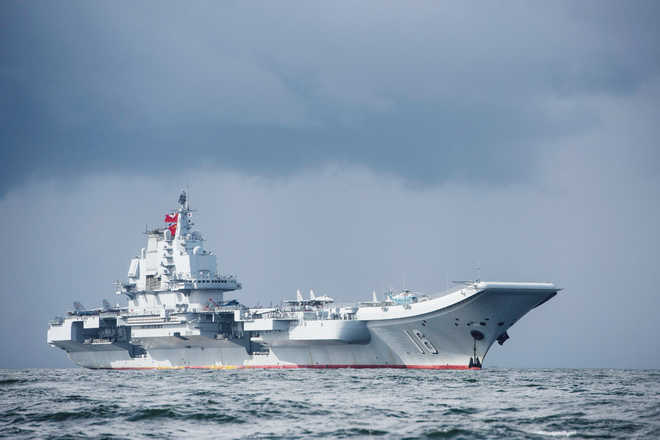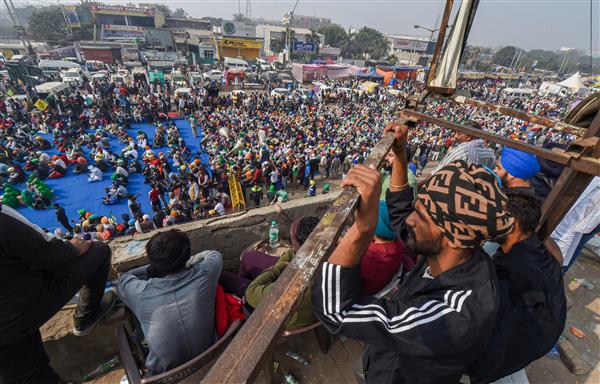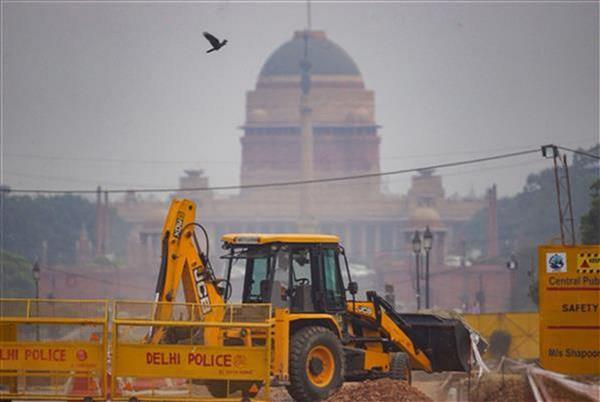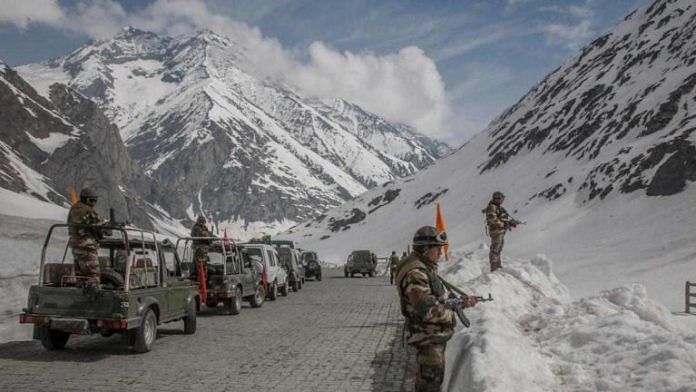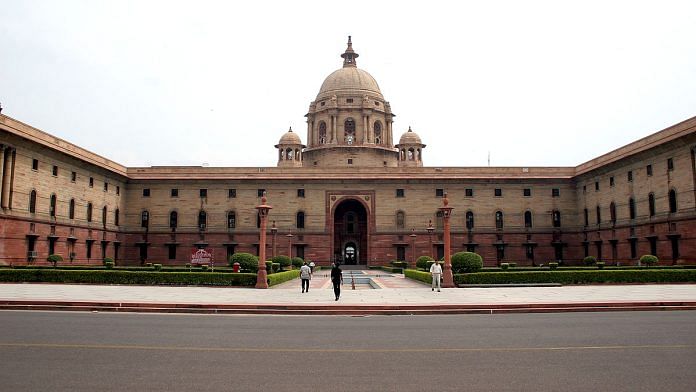
New Delhi: India could declassify certain aspects of past military operations and wars, sooner than the earlier 25-year cut-off period, under a new policy formulated by the defence ministry Saturday.
Defence Minister Rajnath Singh has approved the policy on archiving, declassification and compilation or publication of war or operations histories by the Ministry of Defence.
According to ministry sources, there was no proper policy on this earlier and it is part of having war histories written with a clear-cut policy on declassification of military records. This was recommended by the Kargil Review Committee, set up in 1999 and headed by K. Subrahmanyam, and the N.N. Vohra Committee report, to analyse lessons learnt and prevent future mistakes.
While the new policy is for internal purposes, defence ministry sources noted that certain aspects of past operations and wars could be made public sooner, if needed.
The History Division, under the defence ministry, will be responsible for coordinating with various departments while compiling, seeking approval and publishing the war or operations histories.
The new policy mandates the constitution of a committee headed by joint secretary of the defence ministry and comprising representatives of all the Services, external affairs ministry, home ministry and other organisations and prominent military historians (if required).
Also read: Army buys 17 boats to move troops faster at Pangong Tso amid India-China stalemate at LAC
New policy fixes timelines
The policy sets clear timelines with regard to compilation and publication of war or operations histories.
According to the timeline, the above-mentioned committee should be formed within two years of completing the war or operation. Thereafter, collection of records and compilation should be completed in three years and disseminated to all concerned.
Under the new policy, each organisation under the defence ministry — Army, Air Force, Navy, Integrated Defence Staff, Assam Rifles and Indian Coast Guard — will transfer records, including war diaries, letters of proceedings and operational record books among others, to the History Division for proper upkeep, archiving and writing histories.
However, the responsibility for declassification of records rests with the respective organisations as specified in the Public Record Act 1993 and Public Record Rules 1997.
According to the policy, records should ordinarily be declassified in 25 years, the defence ministry noted in a statement. Records older than 25 years should be appraised by archival experts and transferred to the National Archives of India once the war or operations histories have been compiled.
“Timely publication of war histories would give people an accurate account of the events, provide authentic material for academic research and counter the unfounded rumours,” the defence ministry said.
Sources noted that the decision on the 25-year cut-off period will be taken on a case-to-case basis, under the new policy.
“The policy is for internal use so that everyone is aware of the history and operational aspects. In case a need arises, certain aspects of the operations can be declassified or released without compromising any operational details. This would be a decision taken by the committee,” a ministry source explained.
Another source in the defence establishment said that the new policy and the timelines mentioned will bring about a change in the workings of the History Division and will streamline a lot of issues.
“Right now there is no fixed policy. This policy would streamline a lot of issues. Certain aspects of the operations can be declassified earlier than before which will help the public to understand issues better,” the source told ThePrint.
Also read: National Defence Academy to add 2 squadrons to address officers’ shortage in Army, Navy & IAF
‘Shows intent to be transparent’
Lt Gen. Vinod Bhatia (Retd), former director general of military operations, welcomed the new policy and noted that it will bring in a proper structure.
According to Bhatia, the policy is good and shows a willingness to be transparent. However, he added, certain operations will remain classified for years to come.
“Not all aspects of the operations can be declassified. Come September, many would ask for the declassification of the 2016 surgical operations. However, certain operational details cannot come out because the armed forces may have to do the same ops all over again,” he told ThePrint.
Bhatia further noted that the structured declassification process will ensure that the enemy is not able to make use of the information to understand the strategy deployed.
At present, all records are with the History Division and the public can access non-redacted portions through proper permissions.
Also read: New marching tunes, no more pre-1947 battle honours — armed forces set to get more ‘Indian’





















































